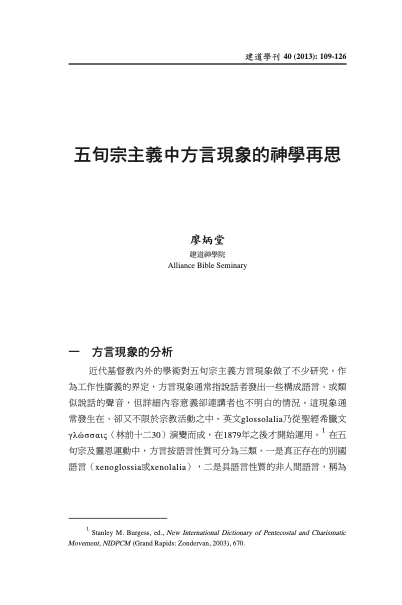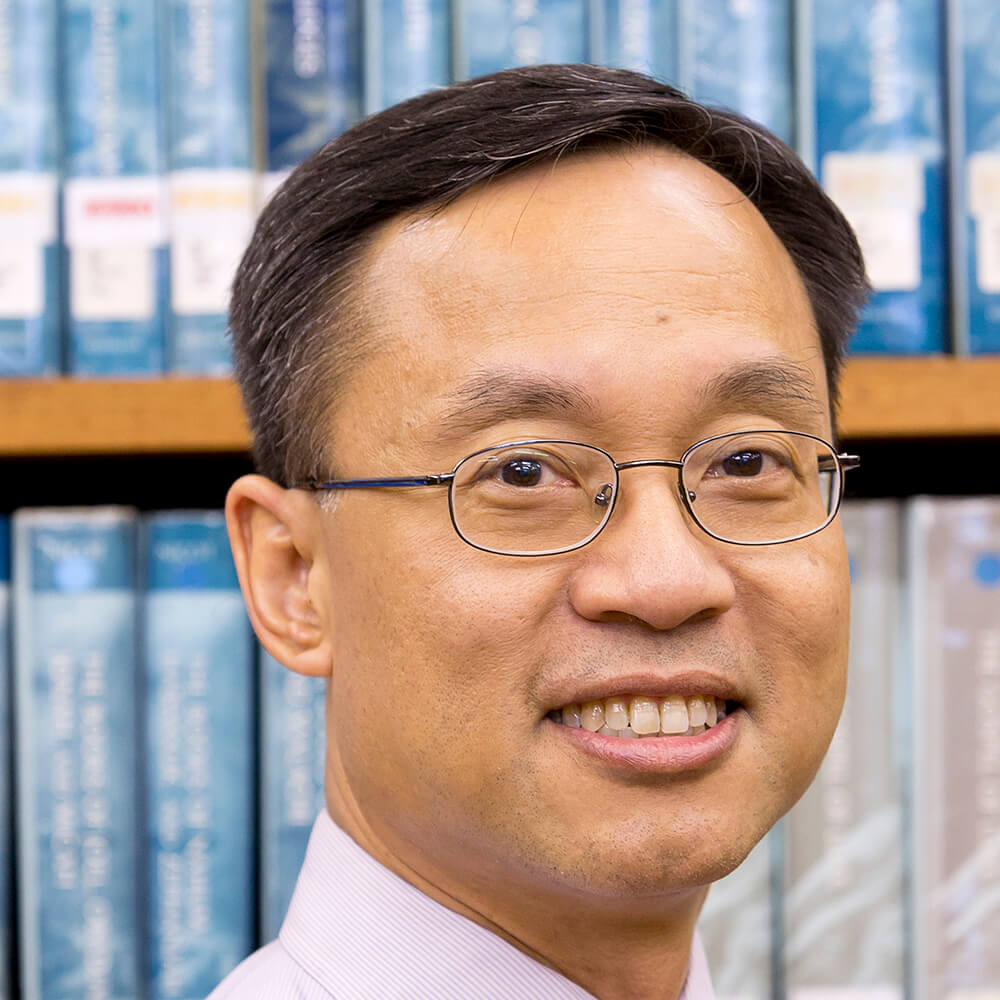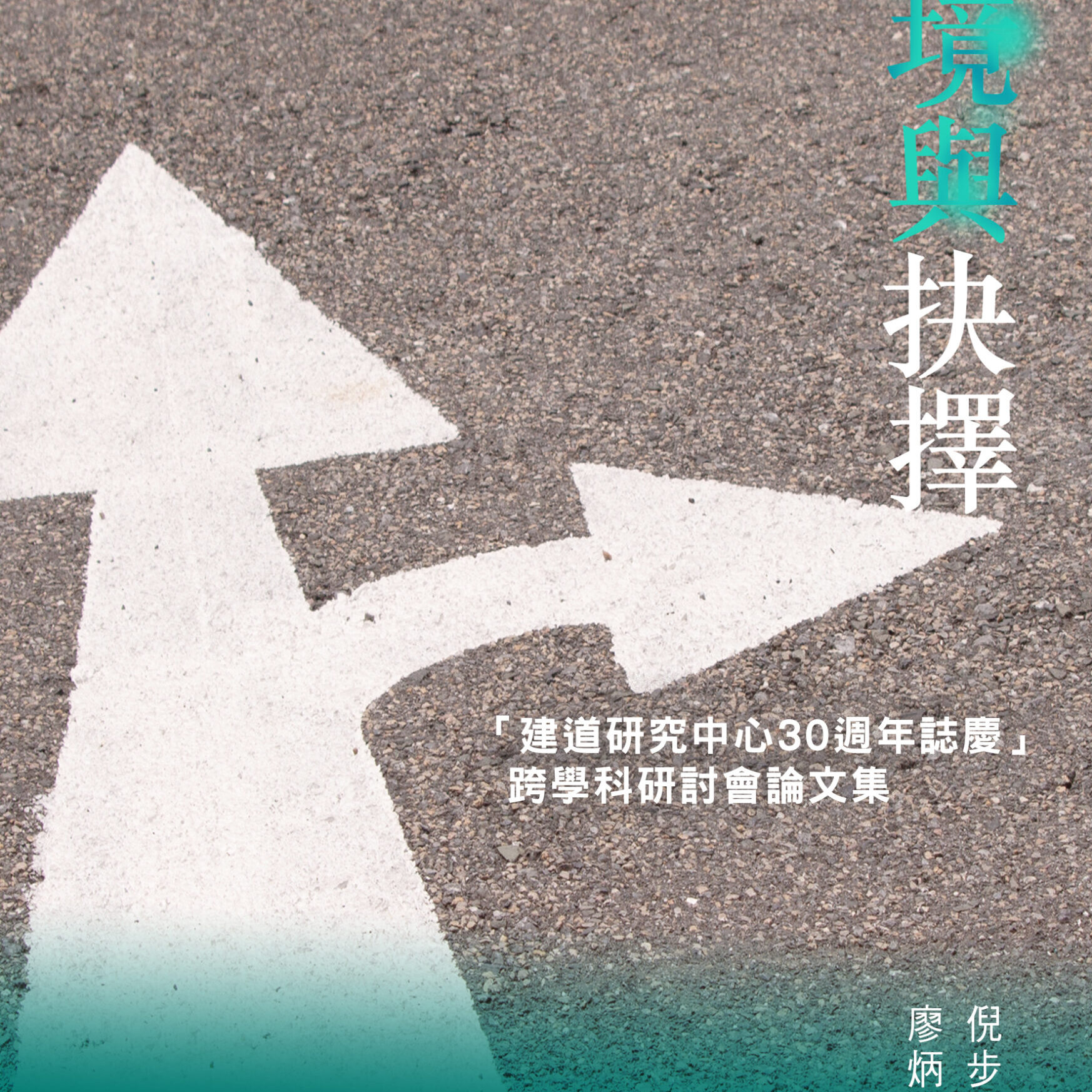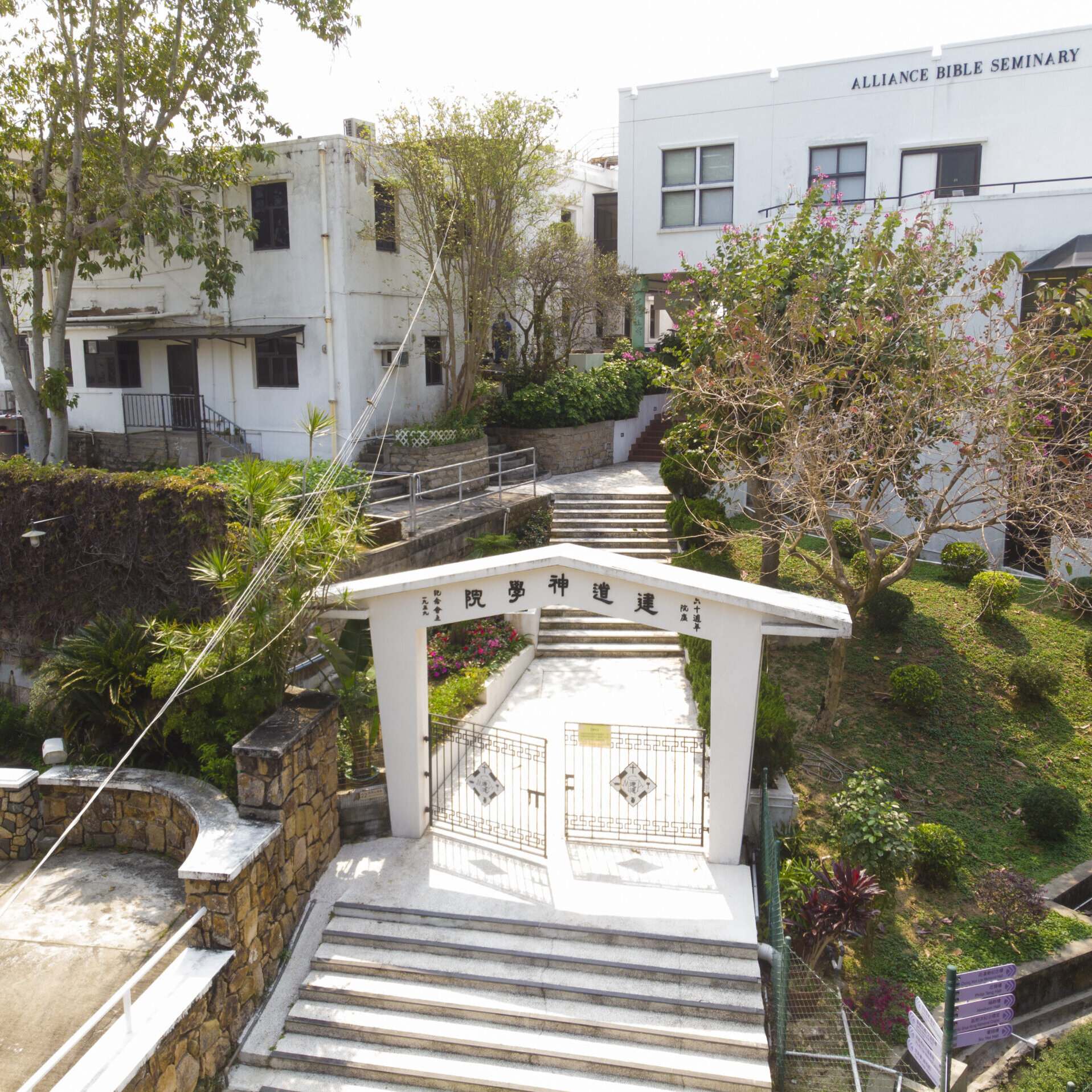五旬宗主義中方言現象的神學再思/廖炳堂
廖炳堂
撮要
方言現象除了在基督宗教中出現之外,也見諸其他宗教,甚至非宗教的處 境中,因此基督教的方言神學除了聖經研究之外,也需要做跨科際的整合性研 究,特別是社會科學和精神醫學的文獻。
方言在二十世紀之前之教會歷史中大多發生在邊緣的信徒羣體之中,甚至 在大公教會中之主流神祕靈修傳統中也極為罕見。二十世紀初五旬宗及靈恩運 動興起至今,歷史學者一般都認為仍未找到可靠之歷史確據去支持運動中真有 別國方言的存在;而語言學者科學化的錄音研究也指向相同結論,甚至質疑不 少樣本並沒有語言的性質。
我們也評析了現今五旬宗及靈恩運動中兩個主要的神學觀點:一是認為方 言乃靈洗必要入門確據(古典五旬宗);二是認為方言乃靈洗「正常卻非規範 性」的表現,即類似大公教會神秘靈修初始階段之經驗(曾廣海)。
但我們認為兩個觀點都違反聖經有關方言的教導,但也不贊成應輕率以鬼 附來解說這基督徒的行為現象。綜合釋經,教會歷史和近代社會科學調研各方 面的考慮,我們認為五旬宗及靈恩運動中的方言大多是出於教派次文化集體心 理作用。
ABSTRACT
Since the phenomenon of glossolalia was also reported within non-Christian religions and even non-religious contexts, the theological study of glossolalia requires biblical studies as well as interdisciplinary dialogue, with special attention to social scientific and medical researches.
Within the church history before the 20th century, the phenomenon of glossolalia was reported mostly among marginal church groupings. It is rarely found even within major catholic mystical traditions. In Pentecostal & Charismatic movements since early 20th century, historians generally regard that no reliable evidence has been found to support their claims of xenolalia. Linguists generally hold the same view after examining scientifically many sound recordings of claimed glossolalia, with additional remark that many samples may even have no linguistic element.
We evaluates two major perspectives among recent Pentecostalism: firstly, the classical view that glossolalia is the evidence of Spirit baptism; secondly, the recent view by Simon Chan that glossolalia is normal but not normative, comparative to the experience of early stage of mystical spirituality. However after careful exegesis, we reject both views but we also caution against the hypothesis of demon possession as the common cause of this phenomenon among Christians. In view of evidences from exegesis, church history and scientific studies, we conclude that most of the phenomenon of glossolalia within Pentecostalism are collective sectarian culture and behavior.
原載於《建道學刊》40期(2013年7月),頁109-126。
作者簡介
廖炳堂
劉福群教席教授(部分時間)
最新文章
新手牧者研究計劃(三):新手牧者的身心靈狀態 / 盧慧儀
2025 年 11 月 19 日
【教牧退休】好好理財 退而不憂 / 林本利
2025 年 10 月 1 日
【教牧退休】生前身後的管理:平安三寶 / 陸文慧
2025 年 10 月 1 日
編輯精選
[電子書]困境與抉擇:「建道研究中心30週年誌慶」跨學科研討會論文集/廖炳堂、倪步曉主編
2025 年 1 月 2 日
從梧州到長洲:建道神學院125年的挑戰與恩典 / 陳智衡
2023 年 10 月 1 日
微小教會的見證/高銘謙
2023 年 6 月 1 日








